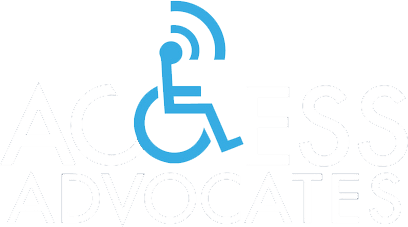 On July 26, 2012, we will celebrate the 22nd anniversary of the signing of the Americans with Disabilities Act by President George H. W. Bush. So with 22 years under our belt with this Act in place, where are we now?
On July 26, 2012, we will celebrate the 22nd anniversary of the signing of the Americans with Disabilities Act by President George H. W. Bush. So with 22 years under our belt with this Act in place, where are we now?
You’d think that every building, every workplace, and every apartment would have compliance for persons who are disabled, but the sad reality is–due to cost and complication–many builders and developers are far from the mark. Let’s take a look at three past notable cases that set the precedence in current ADA case law.
Barden v. City of Sacramento
This case was brought forth in 2002 when it was alleged that the city didn’t follow ADA law when new sidewalks were constructed. The case alleges that to be ADA compliant, the city should install curb ramps and remove other barriers, like lamps, trash cans, etc. The 9th Circuit Court of Appeals ruled that sidewalks are considered city services and therefore must follow ADA compliance laws.
Spector v. Norwegian Cruise Lines
This case was brought forth when a group of customers purchased tickets to premium cabins on Norwegian Cruise Lines, cabins which were advertised to be more handicap friendly. However, the ship was found to be inaccessible for handicap customers with access to restaurants, entertainment, swimming pools, and even public restrooms barred. The case climbed the levels of court, until the Supreme Court ruled in 2005 that Norwegian Cruise Lines must be ADA compliant as it is headquartered in the United States, markets to primarily U.S. customers, and sails U.S. waters.
Access Now v. Southwest Airlines
This case was brought forth when a customer alleged that Southwest Airlines’ website was not accessible for those with visual impairments. The ruling in 2002 by the United States District Court indicated that the internet is not considered a public accommodation- and as such isn’t bound by the rules and laws of the ADA.
Navigating the Americans with Disabilities Act is something the public and courts are working on even 22 years later. The Act couldn’t cover every possible circumstance that those with disabilities might face. It’s up to the American public–those with disabilities and those without–to hold companies and governments responsible by speaking up, and to pursue the process of the judicial system to get new laws and precedents in place to ensure a more accessible future.
For more information on removing barriers to access for people with disabilities, please contact us today!
Image courtesy of Flickr, Avi Paz
